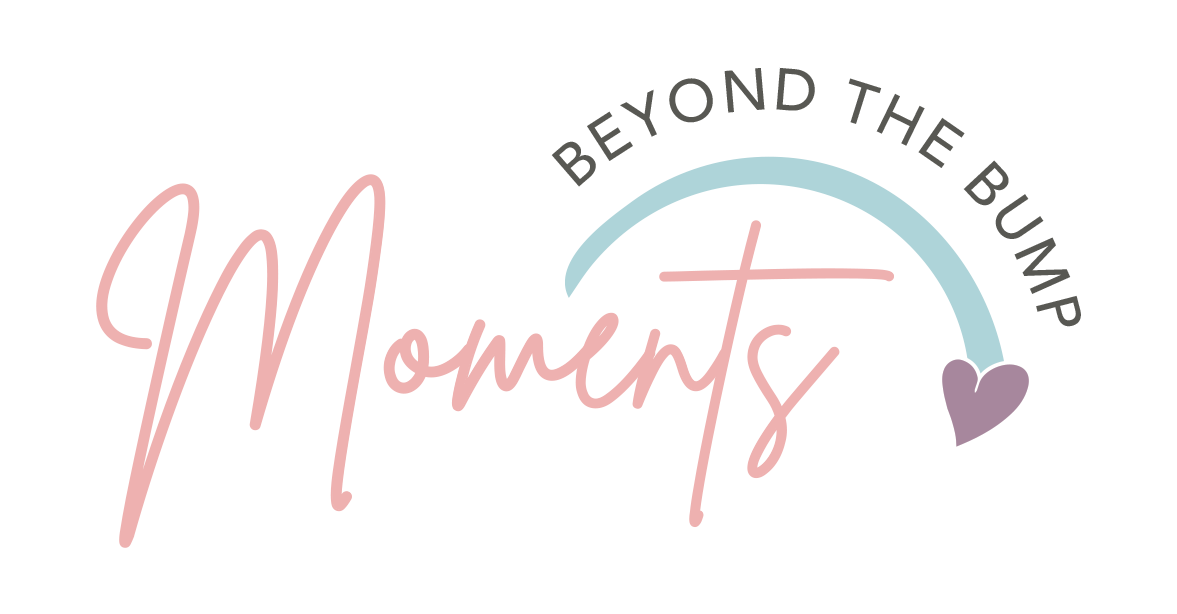Transitioning out of the swaddle
Swaddling is a common practice that provides comfort and security for newborns and young babies. However, there comes a time when your little one needs to transition out of the swaddle and explore other sleep options. In this blog post, we will discuss the appropriate age to start the transition, offer strategies for a successful transition, and address concerns for babies who still rely on swaddling.
1. Identifying the Right Time to Transition:
Every baby is unique, but generally, the transition out of a swaddle occurs between 2 to 3 months of age. Look for the following signs that your baby might be ready to transition:
- Rolling Over: Once your baby starts showing signs of rolling over, it's time to consider transitioning out of the swaddle. Rolling increases the risk of suffocation when swaddled.
- Disinterest or Escape Attempts: If your baby consistently tries to break free from the swaddle or shows less interest in being tightly wrapped, it may indicate they are ready for more freedom of movement.
The AAP directly advises to wean from the swaddle by 12 weeks of age.
2. Gradual Transition Strategies:
To ensure a smooth transition for your baby, consider the following strategies:
- Arms-only Transition: Start by swaddling your baby with one arm out and the other arm still swaddled. This allows them to adjust to the feeling of having one arm free while still enjoying the snugness of the swaddle.
- Swaddle with Arms Out: Once your baby is comfortable with one arm out, transition to swaddling with both arms out. You can use a swaddle transition product that offers a snug fit around the chest while leaving the arms free.
- Transitional Sleep Sacks: Gradually introduce a transitional sleep sack or wearable blanket that provides a cozy and secure feeling while allowing your baby more freedom to move their arms and legs. We LOVE the zipadee zip!
3. Addressing Concerns for Babies Still Swaddled:
If your baby is older than 3 months and still reliant on swaddling, it may be time to encourage alternative sleep associations. Here are some tips:
- Weaning Off Swaddling: Gradually reduce the tightness of the swaddle or switch to a looser wrap, allowing your baby to have some movement while still experiencing a sense of security.
- Pick A Sleep Training Method: Encourage your baby to develop a new and healthy sleep association by removing all external strategies. If you’re not sure where to start, I might suggest an AMA Call!
4. Safe Sleep Practices:
During the transition period, it's essential to maintain safe sleep practices for your baby:
- Follow the ABCs of Safe Sleep: Always place your baby to sleep Alone, on their Back, in a safe Crib or sleep environment. Ensure the crib is free from pillows, blankets, or other loose items.
- Temperature Control: Dress your baby appropriately for the room temperature and use lightweight sleepwear to avoid overheating.
- Consistent Sleep Environment: Create a consistent sleep environment with a comfortable mattress, fitted sheet, and a dark and quiet setting to promote restful sleep.
Transitioning your baby out of a swaddle is a natural progression in their sleep journey. By recognizing the signs, gradually introducing arms-out swaddling or transitional sleep sacks, and addressing concerns for babies still reliant on swaddling, you can ensure a smooth and safe transition for your little one.
Remember, each baby is different, and it's essential to monitor their comfort and adjust the transition process accordingly. With patience, consistency, and a focus on safe sleep practices, you can help your baby transition out of the swaddle and continue to promote healthy sleep habits as they grow.
